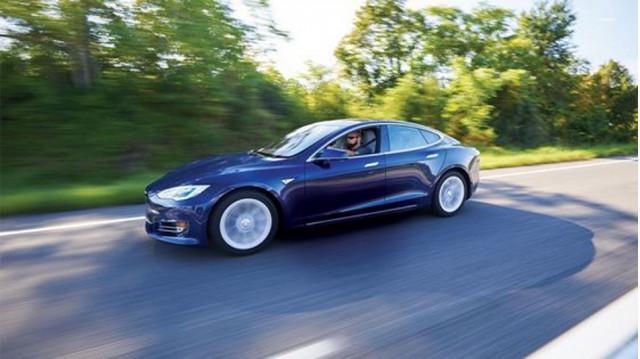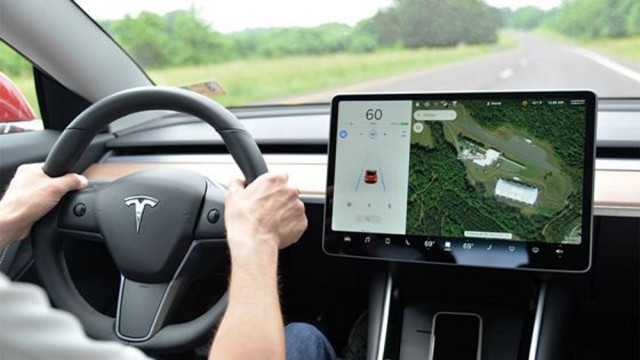IIHS: Self-driving systems aren't that, and aren't ready for prime time
Eric C. Evarts
6 Comments
Aug 10, 2018

Tesla Model S Autopilot testing with IIHS [CREDIT: IIHS]
Self-driving systems aren't ready for prime time, says a new report by IIHS.
The Institute tested five cars: two Teslas, a BMW, a Mercedes-Benz, and a Volvo, all with systems that earned top marks in its tests of advanced driver safety aids.
In new tests on its track and on public roads, all of the systems made mistakes that could be fatal without driver intervention.
READ THIS: Tesla will roll out new Autopilot later this month
Many of those mistakes included drifting over lane lines even when active lane control (or Autopilot, in Tesla's terminology) was activated.
"Self-driving" seems to mean different things to drivers and to safety experts. SAE International and the NHTSA have laid out guidelines for five different levels of self driving cars. The systems that IIHS tested are considered Level 2 of the five levels.
Joe Young, an IIHS spokesman who works at the facility's test center and has driven these cars on nearby roads says, "I had a hard time with these systems. I did not feel at all comfortable with how these systems were driving going over crests and around curves, especially with oncoming traffic on a right curve," he told Green Car Reports in an interview.
In addition to automatic emergency braking and adaptive cruise-control tests on its test track, the IIHS tested each cars' active lane control systems six times going around three curves and over the tops of three hills—the types of situations where the systems have shown the most difficulty tracking lane markings—on public roads.

Tesla Model S dashboard in Autopilot testing with IIHS [CREDIT: IIHS]
It tested two Teslas—a 2018 Model 3 running Autopilot version 8.1 software, and a 2016 Model S running Autopilot version 7.1 software—a 2017 BMW 5-Series, a 2017 Mercedes-Benz E-Class, and a 2018 Volvo S90, each with its automaker's Level 2 self-driving feature.
The tests were part of an ongoing effort at the IIHS to develop ratings for the systems that would allow car buyers to see which systems are better than others.
"We're not ready to say yet which company has the safest implementation of Level 2 driver assistance" says IIHS chief research officer David Zuby. "None of these vehicles is capable of driving safely on its own."
It is possible to draw a few anecdotal conclusions from the tests, though.
Active lane control not always active
The Tesla Model 3 with Autopilot version 8.1 stood out as the only car that consistently kept the car within its lane through all 18 curves, though it touched the center line once when going over a hill. The older Tesla Model S, with Autopilot version 7.1, crossed or touched a line 13 times going over hills and once on a curve. The Teslas were the only cars that never disengaged the self-driving systems in the six laps.
greencarreports.com |






